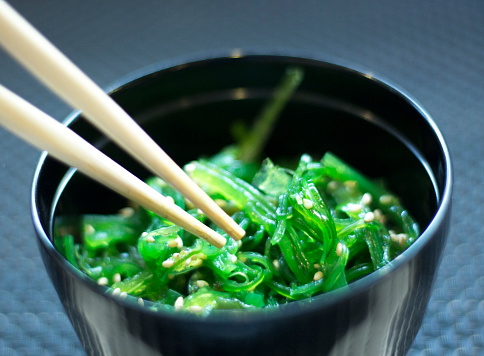Is seaweed the next superfood?
By Rieva Lesonsky
According to the research folks at Mintel, America may be going weed crazy. Nope, I’m not talking about that kind of weed. Mintel says, “seaweed-flavored food and drink just may be the next superfood trend in the West.”
While the numbers are still tiny (only 0.1 percent of all food and drink launches in North America last year contained seaweed flavor), that’s up 76 percent in North America and 147 percent in Europe since 2011. Most seaweed-flavored food products are launched in the Asia-Pacific region.
In case you’re eating the stuff without knowing it, seaweed flavors include kombu, nori/laver and wakame. If this all sounds a little “out there” to you, I can relate: For me seaweed was just a nuisance on the Long Island beaches I grew up visiting every summer. But in many Asian countries seaweed has long been considered a delicacy known for its unique flavor and “nourishing powers.” Mintel says seaweed is packed with natural vitamins, minerals and plant-based protein.
If you’ve ever been to the beach, you know there’s an abundance of seaweed, making it a great “alternative source of protein in the West,” Mintel says. Almost half (46 percent) of American consumers have already tried or would like to try it.
Mintel predicts seaweed “presents a big opportunity for manufacturers in the West, especially in the snack category.” Already 30 percent of Americans say they snacked on healthier foods last year, while 60 percent wish they had more “healthy snack options.”
Of course, for picky consumers, not just any seaweed will do. Mintel says Americans expect these salty snacks to “deliver on taste.”







